Home>Garden Essentials>How Much Should You Water Seeds
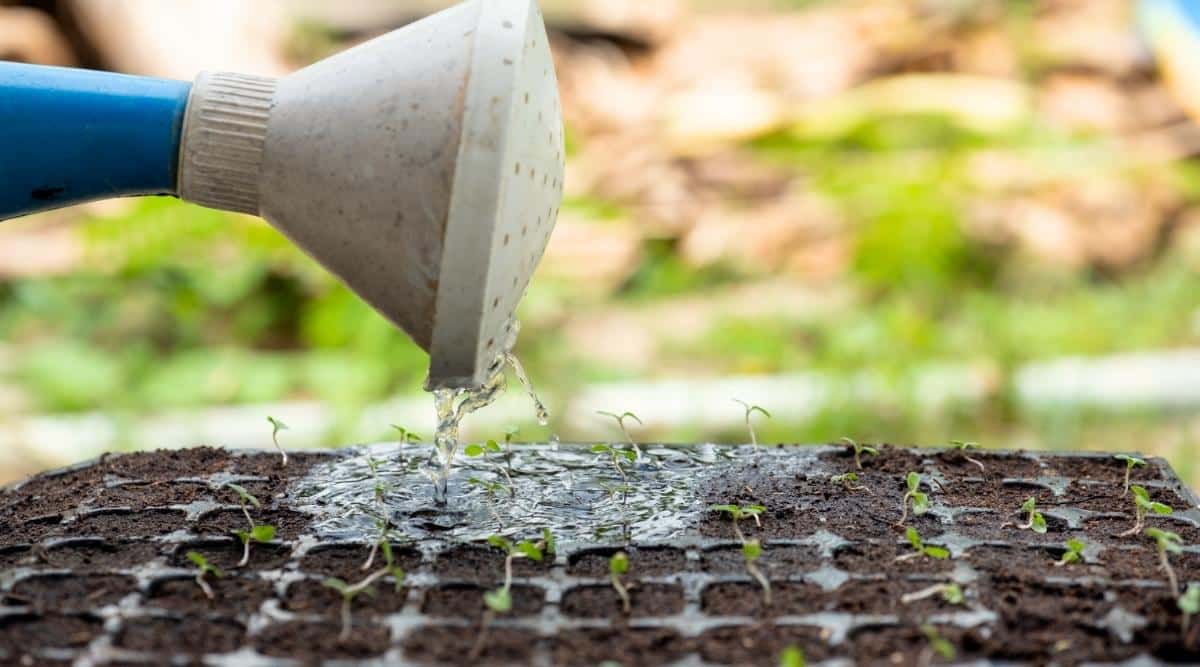

Garden Essentials
How Much Should You Water Seeds
Modified: March 15, 2024
Discover the ideal watering routine for your garden seeds and learn how to properly care for them. Find out how much water is necessary to ensure healthy growth.
(Many of the links in this article redirect to a specific reviewed product. Your purchase of these products through affiliate links helps to generate commission for Storables.com, at no extra cost. Learn more)
Introduction
Welcome to the world of gardening! Whether you are a seasoned gardener or just starting out, one thing is certain: watering your seeds is a crucial step in ensuring their successful growth. Proper watering techniques can make all the difference between healthy, thriving plants and ones that struggle to survive. In this article, we will explore the importance of watering seeds, the factors that affect their water requirements, and how to determine the right amount of water for optimal growth.
Watering seeds is like giving them a fresh start in life. Just like humans, seeds need water to survive and grow. Water plays a vital role in seed germination, which is the process of the seed sprouting and developing into a new plant. When a seed is exposed to water, it absorbs moisture and activates enzymes that kickstart germination. Without sufficient water, seeds may fail to germinate or experience stunted growth.
Now that we understand the importance of watering seeds, let’s delve into the factors that affect their water requirements. One key factor is the type of seed you are planting. Some seeds, such as those of drought-tolerant plants, require less water compared to seeds of water-loving plants. The soil type and its moisture-retention capacity also influence the amount of water needed to keep the seeds hydrated.
Another crucial factor is the environmental conditions. Climate plays a significant role in determining how often and how much you should water your seeds. In hot and dry climates, seeds may need more frequent watering to compensate for the increased evaporation rate. Similarly, seeds in cooler and more humid environments may require less watering. It is essential to consider the specific needs of the seeds you are growing and adjust your watering schedule accordingly.
Now that we have covered the factors affecting seed water requirements, how do you determine the right amount of water? Overwatering or underwatering can both have detrimental effects on the seeds’ growth. So, it is important to find the optimal balance. One method to gauge the moisture level is by conducting the “finger test.” Insert your finger about an inch deep into the soil near the seeds. If it feels moist, hold off on watering. If it feels dry, it’s time to water the seeds.
In addition to the finger test, you can also observe the seeds themselves. Healthy seeds have a plump appearance, indicating that they are receiving adequate moisture. On the other hand, dehydrated seeds may look shriveled and dried out. By monitoring the appearance of the seeds and using the finger test, you can ensure they receive the right amount of water.
Now that we have covered the importance of watering seeds, factors affecting water requirements, and how to determine the right amount of water, let’s explore some common mistakes to avoid when watering seeds in the next section.
Key Takeaways:
- Watering seeds is crucial for their growth. Factors like seed type, soil, climate, and planting depth affect water needs. Use the finger test and observe seed appearance to determine watering frequency.
- Overwatering and underwatering can harm seeds. Signs of overwatering include wilting and mold, while underwatering causes dry, crispy foliage. Balance is key – it’s better to slightly underwater than overwater.
Read more: How Often Should You Water Seeds
Importance of Watering Seeds
Watering seeds is a critical step in ensuring their successful germination and subsequent growth. Adequate moisture is essential for seeds to break dormancy and start the process of germination. Here are some key reasons why watering seeds is so important:
1. Germination: Water is necessary to activate enzymes within the seed that trigger germination. When a seed absorbs water, it softens and swells, causing the outer shell to crack open. This allows the root to emerge and begin absorbing nutrients from the soil. Without sufficient water, seeds may remain dormant or take a significantly longer time to germinate.
2. Cellular metabolism: As seeds germinate, water is essential for cellular metabolism. It helps facilitate various biochemical reactions necessary for growth, including the conversion of stored nutrients into energy for seedling development. Without proper hydration, these vital processes may be hindered, resulting in weak and stunted seedlings.
3. Transportation of nutrients: Water acts as a carrier for nutrients, allowing them to move from the soil to the seedling. Moist soil facilitates the dissolution and uptake of essential minerals and nutrients necessary for healthy growth. Without adequate moisture, nutrients may become inaccessible to the growing seedling, leading to nutrient deficiencies and poor development.
4. Preventing desiccation: Seeds contain a limited amount of stored energy and moisture, making them susceptible to drying out. Watering provides an external source of hydration, preventing the seeds from becoming desiccated and ensuring their viability. Proper moisture levels help maintain the structural integrity of the seed and prevent dehydration, especially in arid climates or during periods of drought.
5. Regulating temperature: Water has a moderating effect on soil temperature, helping to create optimal conditions for seed germination. It helps regulate the soil temperature, preventing extreme fluctuations that can be detrimental to seed viability. Adequate soil moisture can also act as insulation, protecting the seeds from both hot and cold extremes.
6. Establishing healthy roots: Watering seeds properly encourages the growth of strong and healthy root systems. A well-developed root system is essential for nutrient absorption, water uptake, and overall plant stability. Adequate moisture ensures that the roots can extend and establish themselves in the surrounding soil, leading to more robust and resilient plants.
It is important to note that while watering seeds is vital, it is equally crucial to avoid overwatering. Excessive moisture can lead to root rot, fungal diseases, and oxygen deprivation in the soil. Striking the right balance and providing consistent, but not excessive, moisture is key to ensuring the successful growth of seeds.
In the next section, we will explore the different factors that can affect the water requirements of seeds, helping you better understand how to meet their specific needs.
Factors Affecting Seed Water Requirements
The amount of water seeds require can vary depending on several factors. Understanding these factors will help you determine the specific water needs of different seeds you are planting. Here are the key factors that can affect seed water requirements:
1. Seed type: Different types of seeds have varying water requirements. Some seeds, such as those of succulents or plants adapted to arid environments, are naturally more tolerant of drier conditions and require less water. Conversely, seeds of water-loving plants may need more frequent and substantial watering. Consider the specific characteristics and native habitat of the seeds you are planting to understand their water needs better.
2. Soil type and composition: The type and composition of the soil in which the seeds are sown can significantly impact their water requirements. Soil with high clay content tends to retain water for longer periods, requiring less frequent watering. In contrast, sandy or loamy soils drain water more quickly, necessitating more frequent watering. Understanding your soil type will help you tailor your watering practices accordingly.
3. Climate and environmental conditions: The climate and local environmental conditions play a crucial role in determining how often and how much water seeds require. In hot and dry climates, water evaporates more rapidly, increasing the need for regular watering. Similarly, windy conditions can further accelerate moisture loss from both the soil and the seeds. Conversely, in cooler and more humid climates, seeds may require less frequent watering. Consider the unique environmental factors of your region when determining watering schedules.
4. Seedling stage: The growth stage of the seedlings also influences their water requirements. During the germination stage, when the seed is sprouting and developing roots, it requires consistent moisture to establish itself. Once the seedlings have fully emerged, they may require less frequent but deeper watering to encourage root growth and reach moisture in the lower layers of the soil.
5. Planting depth: The depth at which the seeds are sown can affect their water needs. Seeds sown deeper may require more water to ensure moisture reaches them. Conversely, seeds sown closer to the surface may need more frequent watering as they are exposed to increased evaporation.
6. Time of year: The time of year when you plant seeds can impact their water requirements. Seeds sown during the hotter months may require more frequent watering due to elevated temperatures and increased evaporation rates. On the other hand, seeds sown during cooler seasons may require less watering.
By considering these factors, you can better tailor your watering practices to meet the specific needs of the seeds you are planting. Determining the optimal amount and frequency of watering is crucial to ensuring healthy seedling establishment and overall plant growth.
In the next section, you will learn how to determine the right amount of water for seeds, avoiding both overwatering and underwatering.
How to Determine the Right Amount of Water for Seeds
Properly determining the right amount of water for seeds is essential for their successful growth. Overwatering can lead to root rot and other water-related issues, while underwatering can result in stunted or failed germination. Here are some effective methods to help you determine the optimal amount of water for your seeds:
1. Finger test: The finger test is a simple and reliable way to check soil moisture levels. Insert your finger about an inch deep into the soil near the seeds. If it feels moist, wait before watering. If it feels dry, it’s time to water. This method allows you to assess the moisture level directly around the seeds, giving you an indication of whether they need watering.
2. Visual cues: Observe the appearance of the soil. Dry soil usually appears lighter in color and may have visible cracks. Moist soil, on the other hand, appears darker and feels slightly damp to the touch. Monitor the visual cues of the soil to determine if it’s time to water your seeds. Remember, it’s better to slightly underwater than overwater.
3. Seed appearance: Check the appearance of the seeds themselves. Healthy, properly hydrated seeds will have a plump and turgid appearance. If the seeds look shriveled or wrinkled, it may indicate underwatering. On the contrary, if the seeds appear swollen or show signs of decay, it may suggest overwatering. Regularly inspecting the seeds can help you gauge their hydration status.
4. Moisture meters: Consider using a moisture meter to measure the moisture content of the soil accurately. These devices have probes that can be inserted into the soil to provide instant readings. Moisture meters come in both analog and digital varieties, allowing you to gauge the moisture level of the soil and adjust your watering accordingly.
5. Monitoring weather conditions: Keep an eye on weather forecasts and local climate patterns. If there has been recent rainfall or the forecast indicates upcoming showers, you may need to adjust your watering schedule accordingly. Conversely, during periods of higher temperatures or extended dry spells, you may need to increase watering frequency to compensate for the increased evaporation rate.
Remember, it’s better to underwater than overwater, as excess moisture can promote the growth of mold, mildew, and root rot. Providing a controlled and consistent amount of water is vital for healthy seed germination and growth. As seedlings develop, they will require deeper root penetration into moist soil to develop a strong root system.
By using a combination of techniques such as the finger test, visual cues, seed appearance, moisture meters, and weather monitoring, you can effectively determine the right amount of water for your seeds. Striking the perfect balance between hydration and avoiding excess moisture is crucial for the successful growth of your seeds.
In the next section, we will discuss common mistakes to avoid when watering seeds, ensuring you promote optimal growth and avoid potential pitfalls.
Common Mistakes to Avoid When Watering Seeds
Watering seeds may seem like a simple task, but there are some common mistakes that gardeners often make. Avoiding these mistakes will help you provide the optimal growing conditions for your seeds and prevent potential issues. Here are some common mistakes to avoid when watering seeds:
1. Overwatering: One of the most common mistakes is overwatering seeds. Excessive moisture can lead to root rot and fungal diseases, inhibiting seed germination and seedling growth. Avoid the temptation to water too frequently or use excessive amounts of water. It’s crucial to provide enough moisture for seeds to germinate without saturating the soil.
2. Inconsistent watering: Inconsistency in watering can have negative effects on seed germination and seedling development. Fluctuating moisture levels can cause stress and hinder root growth. Aim for a consistent watering schedule to provide a stable environment for the seeds. Once seeds have germinated, it is important to continue providing consistent moisture to encourage healthy growth.
3. Watering at the wrong time: Timing is everything when it comes to watering seeds. Watering in the middle of a hot day can result in rapid evaporation, limiting the amount of moisture available to the seeds. It’s best to water seeds early in the morning or late in the evening when temperatures are cooler, allowing the water to penetrate the soil effectively.
4. Ignoring drainage: Good drainage is crucial for seedling success. Overly compacted or poorly draining soil can lead to waterlogged conditions, suffocating the roots and causing root rot. Ensure that the soil has adequate drainage by amending it with organic matter or creating raised beds. This allows excess water to drain away, preventing waterlogging.
5. Using the wrong watering technique: The way you water seeds can make a significant difference in their growth. Avoid using a heavy stream of water that may disturb the seeds or erode the soil. Instead, use a gentle watering technique such as a watering can or a fine mist setting on a hose nozzle. This ensures that the seeds receive a sufficient amount of water without causing soil disturbance.
6. Overcrowding seeds: Planting seeds too closely together can lead to overcrowding, which affects watering efficiency. Overcrowded plants may compete for water, causing some to miss out on necessary hydration. Follow the recommended spacing guidelines for the specific seeds you are planting to allow proper air circulation and moisture access for each seedling.
7. Watering from above: Watering seeds from above can dislodge them or result in uneven water distribution. Instead, opt for bottom watering by placing the pots or trays in a shallow container filled with water. This allows the seeds to soak up water from the bottom, ensuring that the roots receive adequate moisture without disturbing the seed placement.
8. Underestimating seedling needs: As seedlings grow, their water requirements increase. It’s important to adjust your watering practices accordingly. As the roots extend and penetrate deeper into the soil, they will need deeper watering to access moisture. Gradually increase the amount of water you provide as the seedlings mature to support their continued development.
Avoiding these common mistakes when watering seeds will help create optimal growing conditions and promote healthy seed germination and seedling establishment. By providing consistent, appropriate moisture levels, you can nurture strong and vibrant plants.
In the next section, we will discuss best practices for watering seeds, ensuring you provide the ideal conditions for their growth and development.
Water seeds lightly and consistently to keep the soil moist but not waterlogged. A good rule of thumb is to water until the soil is damp 1-2 inches below the surface.
Read more: How Often Should You Water Sunflower Seeds
Best Practices for Watering Seeds
Watering seeds properly is essential for their successful growth and establishment. By following best practices, you can provide the ideal conditions for germination and ensure healthy seedlings. Here are some best practices for watering seeds:
1. Watering gently: When watering seeds, use a gentle watering technique to avoid disturbing the soil or dislodging the seeds. A watering can with a fine rose or a hose with a nozzle set to a gentle misting spray is ideal. The goal is to provide a consistent and even distribution of water without causing soil erosion or damage to the seeds.
2. Bottom watering: Bottom watering is an effective method for providing water to seeds without disturbing their placement. Place the pots or trays in a shallow container filled with water and allow the soil to absorb the water from the bottom. This promotes healthy root growth as the roots naturally grow towards moisture.
3. Watering early in the day: Water seeds early in the morning to allow ample time for the soil to absorb the moisture before the heat of the day. This helps prevent excessive evaporation and ensures that the seeds have access to water throughout the day. Watering in the morning also allows the foliage to dry before nighttime, minimizing the risk of fungal diseases.
4. Watering deeply: Once seeds have germinated and seedlings are established, transition to deep watering. This encourages the growth of a strong and deep root system. Water deeply, allowing the water to penetrate the soil and reach the roots. Shallow watering may result in shallow root growth and makes the plants more susceptible to drought stress.
5. Pay attention to soil moisture: Regularly monitor the moisture level of the soil to ensure it remains consistently moist but not waterlogged. Use the finger test by checking the moisture level an inch below the soil surface. Adjust your watering schedule accordingly to maintain optimal soil moisture for the seeds’ needs. Remember, different seeds may have different moisture requirements, so it’s important to be aware of their specific needs.
6. Use mulch: Applying a layer of organic mulch, such as straw or wood chips, around seedlings helps retain soil moisture and reduce evaporation. Mulch acts as a protective barrier, preventing water from quickly evaporating and maintaining a more consistent soil moisture level. It also helps regulate soil temperature and suppresses weed growth, benefiting seedling development.
7. Water in moderation: While it’s important to provide adequate moisture, avoid overwatering. Watering too frequently can deprive the seeds of oxygen and lead to root rot. Allow the soil to dry out slightly between watering sessions to promote healthy root growth. Remember, it’s better to slightly underwater than overwater.
8. Adjust watering as needed: Be flexible with your watering routine and adapt to changing environmental conditions. During prolonged dry spells or hotter weather, you may need to water more frequently to compensate for increased evaporation. Similarly, during cooler and wet periods, you may need to reduce watering. Take cues from the plants and the soil to determine if adjustments to your watering schedule are necessary.
Following these best practices for watering seeds will help promote healthy seedling growth and establishment. Consistency, gentleness, and providing the right amount of moisture are key to creating the ideal growing environment for your seeds.
In the next section, we will explore specific watering techniques recommended for different types of seeds, so you can tailor your approach based on the specific needs of the plants you are growing.
Recommended Watering Techniques for Specific Types of Seeds
Different types of seeds have varying water requirements based on their natural habitat and characteristics. Understanding the specific watering needs of the seeds you are planting will help ensure their successful germination and growth. Here are some recommended watering techniques for specific types of seeds:
1. Drought-tolerant seeds: Seeds of plants that are adapted to dry environments, such as succulents or cacti, have lower water requirements. These seeds should be watered sparingly to mimic their natural conditions. Provide a deep watering once the soil has completely dried out, allowing the roots to receive adequate moisture. Avoid overwatering, as it may cause these plants to rot.
2. Water-loving seeds: Seeds of plants that thrive in moist conditions, such as many vegetables and annual flowers, require more frequent watering. These seeds should be kept consistently moist, but not waterlogged. Water deeply, ensuring the water penetrates the soil and reaches the roots. Consider using a soaker hose or drip irrigation system to provide slow, targeted watering to the base of the plants.
3. Shallow-rooted seeds: Seeds that have shallow root systems, such as lettuce or radishes, benefit from more frequent watering to keep the top layer of soil moist. Mist or sprinkle the soil lightly to avoid disturbing the seeds’ placement. Mulching the soil surface can help retain moisture and reduce evaporation, supporting the shallow roots’ hydration needs.
4. Deep-rooted seeds: Seeds of plants with deep root systems, such as trees or shrubs, benefit from deep watering. Allow water to penetrate deeply into the soil, encouraging the roots to grow downward in search of moisture. Use a soaker hose or create a basin around the plant to ensure water reaches the deeper layers of soil. Water deeply and less frequently to encourage stronger root growth.
5. Seeds in containers: Seeds planted in containers have specific watering needs. Container-grown plants tend to dry out more quickly than those in the ground. Water container seeds thoroughly until water drains from the bottom of the pot. Check the soil often and water when the top inch feels dry. Ensure proper drainage to prevent waterlogging, which can lead to root rot.
6. Seeds in seed trays or starter pots: When starting seeds in trays or pots, bottom watering is often the preferred technique. Fill a tray or shallow container with water and place the pots or trays on top, allowing the soil to absorb moisture from the bottom. This ensures that the seeds and seedlings receive consistent moisture without disturbing their delicate structure.
7. Seedlings: As seeds germinate and develop into seedlings, they still require careful watering. Water seedlings gently at the base to avoid disturbing their delicate roots or foliage. Aim to keep the soil consistently moist, allowing it to dry out slightly between waterings. Gradually increase the amount of water as the seedlings grow, encouraging deep root development.
Remember to always consider individual seed requirements and environmental factors when determining the best watering techniques. Continuously monitor the moisture levels of the soil, adjust your watering frequency as needed, and pay attention to the signals the plants are giving you.
In the next section, we will discuss the signs of overwatering and underwatering in seeds, helping you identify and address any watering issues that may arise.
Signs of Overwatering or Underwatering Seeds
Proper watering is crucial for the healthy growth of seeds, but both overwatering and underwatering can have detrimental effects on their development. Understanding the signs of overwatering or underwatering seeds will help you adjust your watering practices and prevent potential issues. Here are some common signs to look out for:
Signs of Overwatering:
1. Drooping or wilting: Surprisingly, overwatered plants can exhibit symptoms similar to underwatered ones. The leaves may appear limp and wilted due to the excessive moisture causing root damage or lack of oxygen in the soil.
2. Yellowing leaves: Overwatering can lead to yellowing or browning of leaves, typically starting from the bottom of the plant and progressing upwards. The leaves may also become soft and mushy.
3. Mold or fungus growth: Excess moisture creates a favorable environment for mold, fungus, and other pathogens. If you notice fungal growth or a musty odor around the soil surface, it could indicate overwatering.
4. Wilting without recovery: Overwatered plants may show signs of wilting, but unlike underwatered plants, they do not recover when watered. The soil may feel constantly wet, even if you have not recently watered the seeds.
5. Stunted growth: Overwatering interferes with root function and can lead to stunted growth. The seeds may fail to establish a strong root system, affecting overall plant development.
Signs of Underwatering:
1. Wilting: Underwatered seeds and seedlings often show signs of wilting, where the leaves become dry and droopy. This is a response to conserve water and protect the plant. Unlike overwatered plants, the leaves usually recover and become turgid when properly hydrated.
2. Stunted or slow growth: Insufficient water supply limits nutrient uptake and hinders cellular processes, leading to stunted or slow growth of the seeds and seedlings.
3. Dry and crispy foliage: Severely underwatered seeds may exhibit dry, crispy, or brown foliage. The leaves may appear brittle and show signs of stress due to the lack of moisture.
4. Poor seed germination: Insufficient moisture can interfere with the germination process and result in poor or failed seed germination. The seeds may not sprout or take an extended period to do so.
5. Poor root development: Inadequate water availability affects root growth, leading to the development of shallow or weak root systems. Without proper hydration, the seeds cannot establish themselves firmly in the soil.
It’s important to note that some of these symptoms can be caused by other factors as well, such as nutrient deficiencies or diseases. Therefore, it’s vital to consider the overall health of the seeds and observe multiple signs before making adjustments to your watering routine.
By closely monitoring the condition of your seeds and paying attention to these signs, you can make informed decisions regarding watering frequency and ensure the optimal hydration for their healthy growth.
In the final section, we will conclude our discussion and summarize the key points on watering seeds for successful gardening.
Conclusion
Watering seeds is a fundamental aspect of successful gardening. Providing the right amount of water at the right time is crucial for seed germination, seedling development, and overall plant growth. By understanding the importance of watering seeds, the factors that affect their water requirements, and how to determine the right amount of water, you can cultivate thriving plants in your garden.
When watering seeds, it’s essential to avoid common mistakes such as overwatering, inconsistent watering, and watering at the wrong time. By following best practices, such as watering gently, bottom watering, and adjusting watering based on specific seed needs, you can create ideal conditions for germination and growth.
Different types of seeds have varying water requirements, so it’s important to tailor your watering techniques accordingly. Drought-tolerant seeds, water-loving seeds, shallow-rooted seeds, and deep-rooted seeds each have their own unique needs. By understanding these specific requirements, you can provide the ideal amount of water for each type of seed.
It’s also important to pay attention to the signs of overwatering and underwatering in seeds. Monitoring the soil moisture levels, observing the plant’s appearance, and identifying any wilting, yellowing, or mold growth can help you adjust your watering practices accordingly.
Remember, striking a balance is key. It’s better to slightly underwater than overwater, as excessive moisture can lead to root rot and other issues. Regularly check the soil moisture, adjust your watering schedule based on environmental conditions, and consider the individual needs of your seeds.
By implementing these tips and techniques, you can ensure the successful growth of your seeds and enjoy a vibrant and flourishing garden. With the right amount of water, your seeds will have the best chance to germinate, develop strong root systems, and thrive into healthy and beautiful plants.
So go ahead, grab your watering can or hose, and embark on your gardening journey with confidence, knowing that you can provide your seeds with the crucial element they need – water!
Frequently Asked Questions about How Much Should You Water Seeds
Was this page helpful?
At Storables.com, we guarantee accurate and reliable information. Our content, validated by Expert Board Contributors, is crafted following stringent Editorial Policies. We're committed to providing you with well-researched, expert-backed insights for all your informational needs.
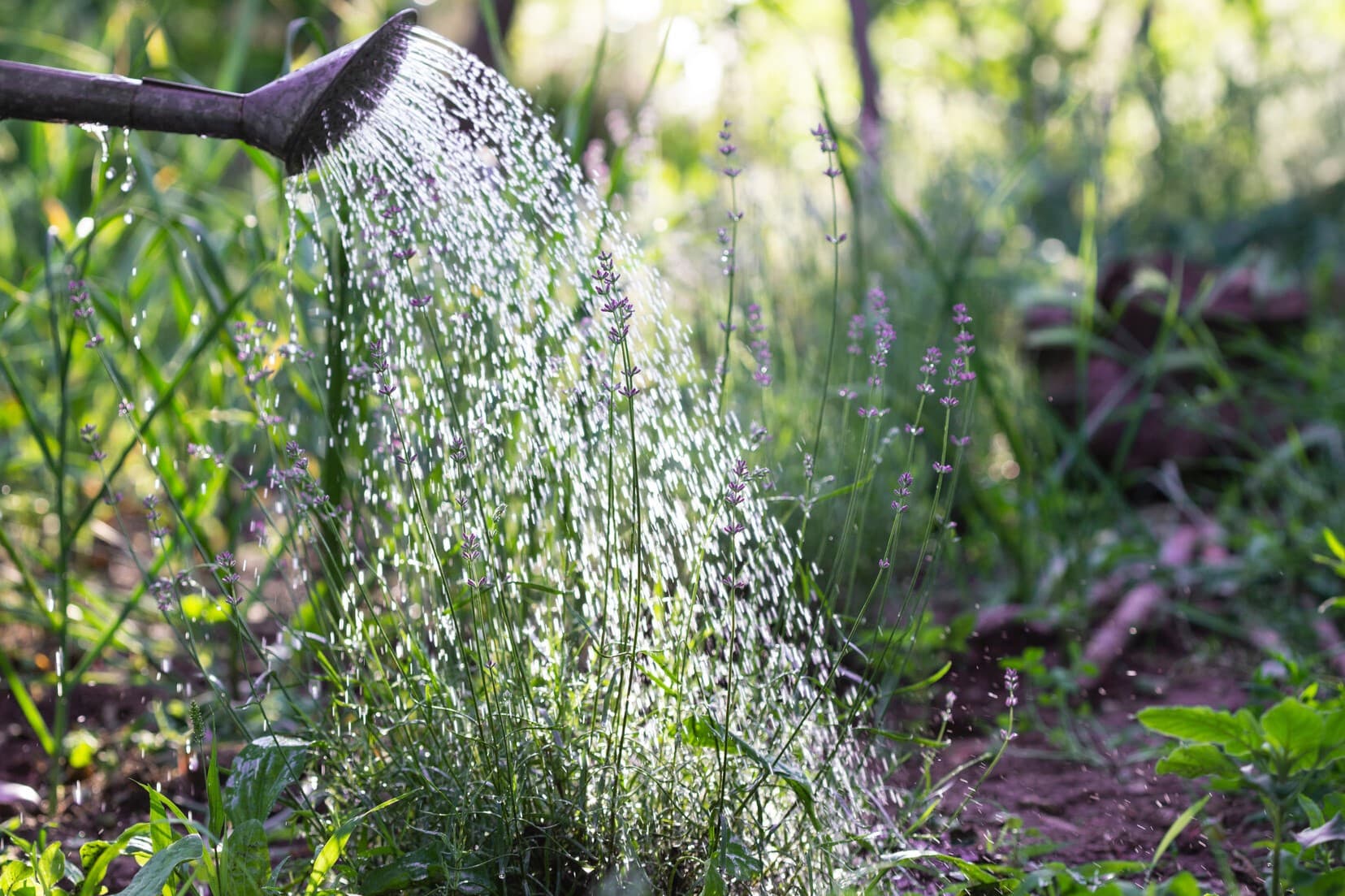
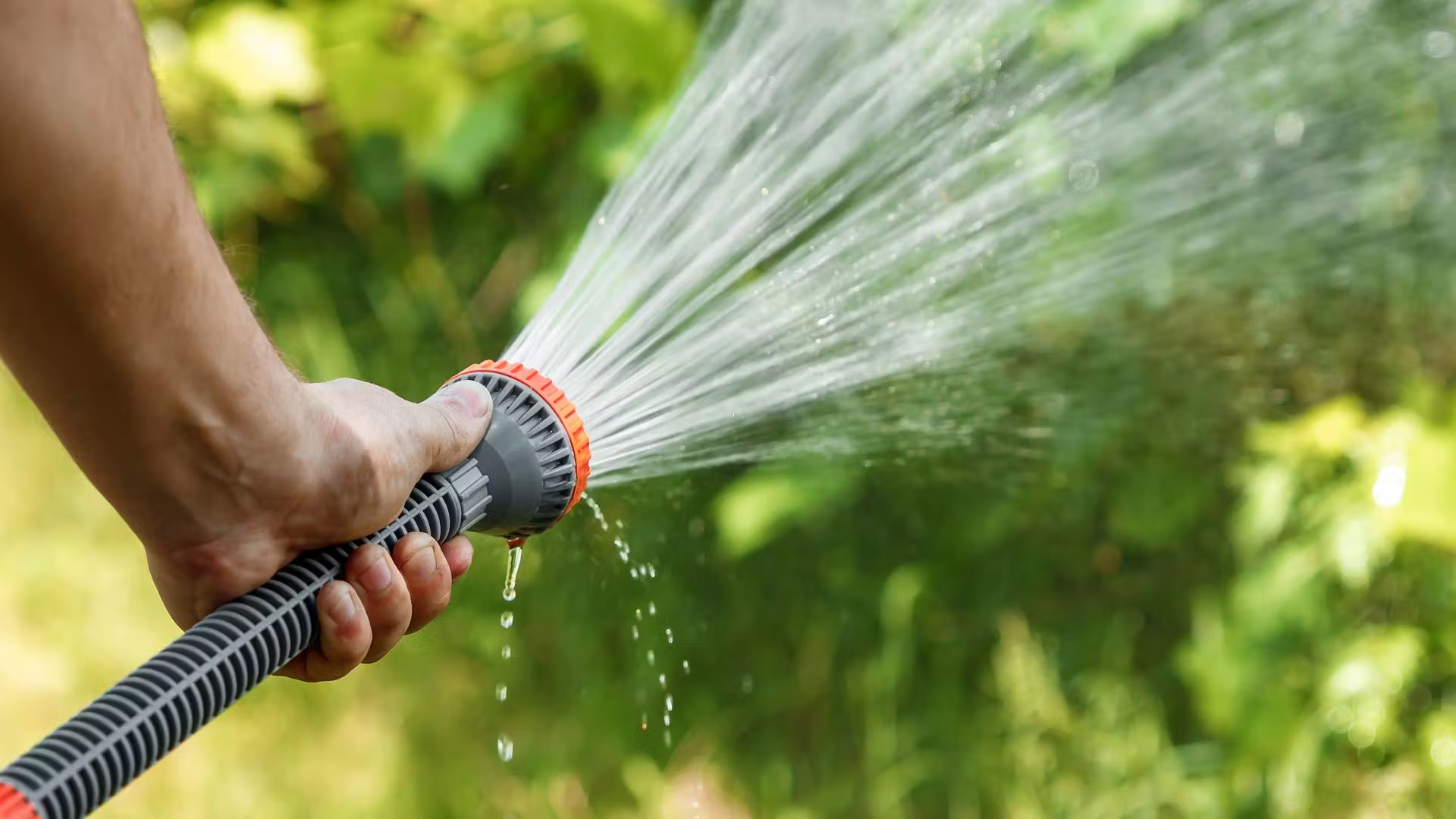
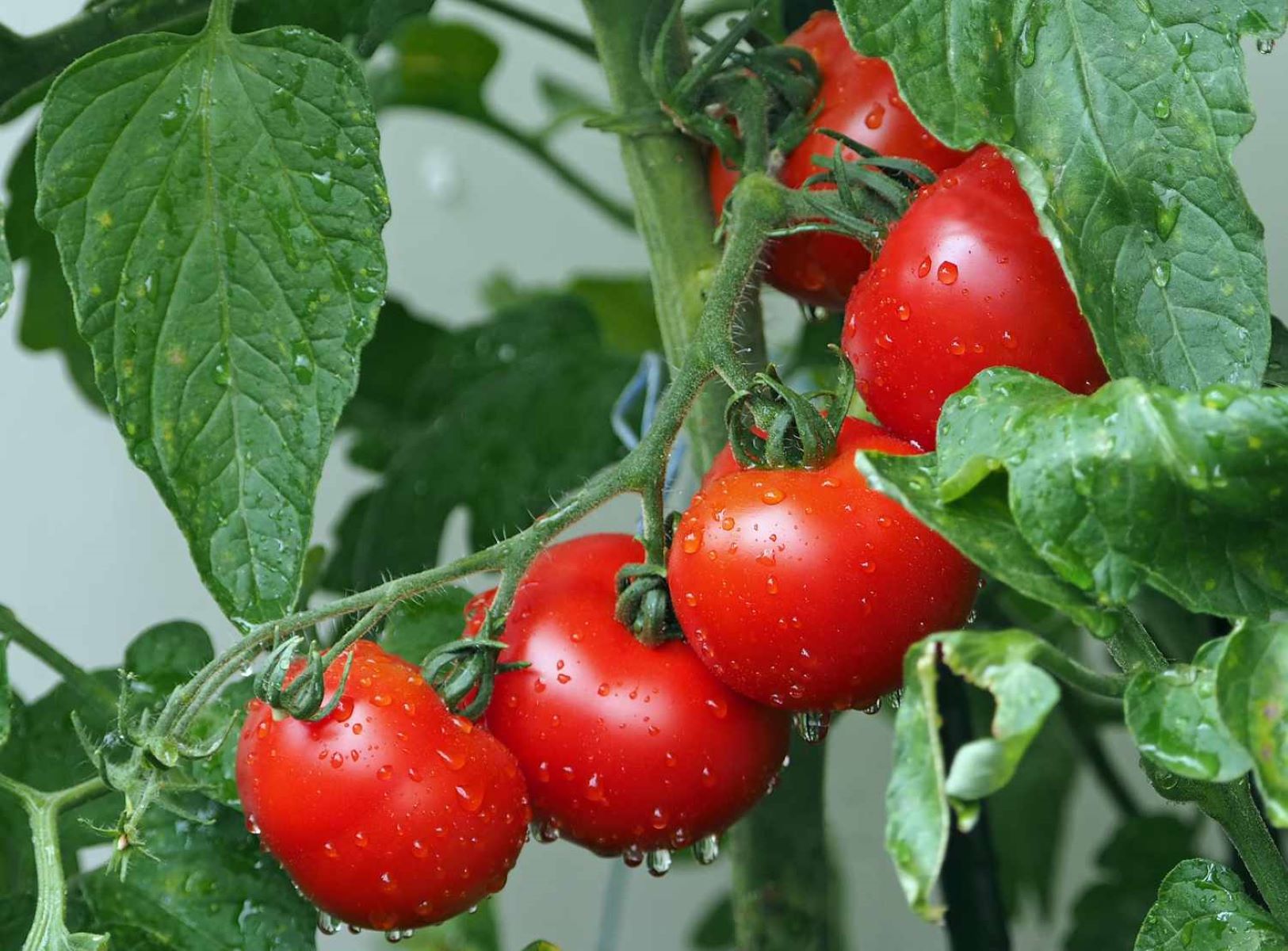
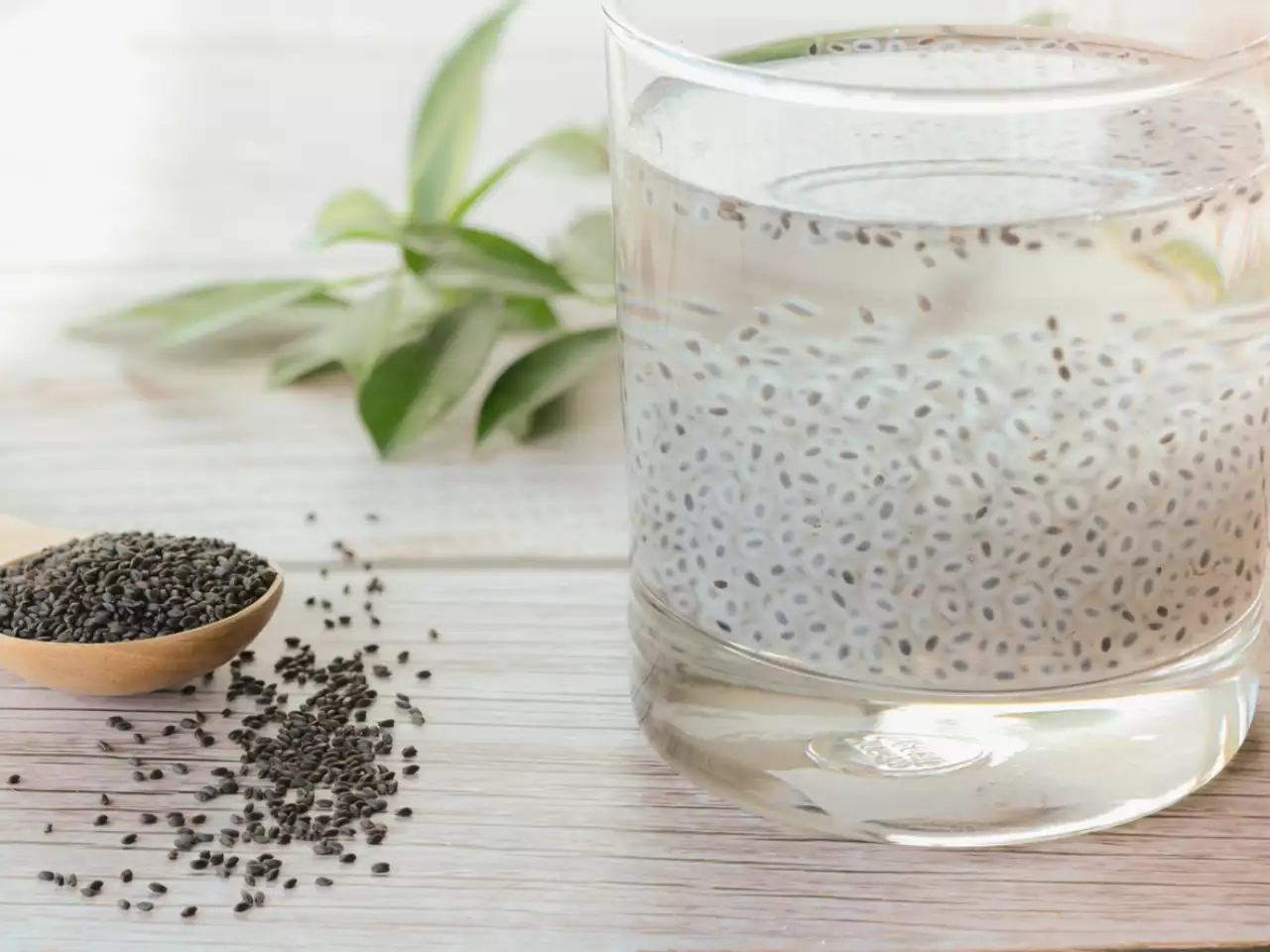
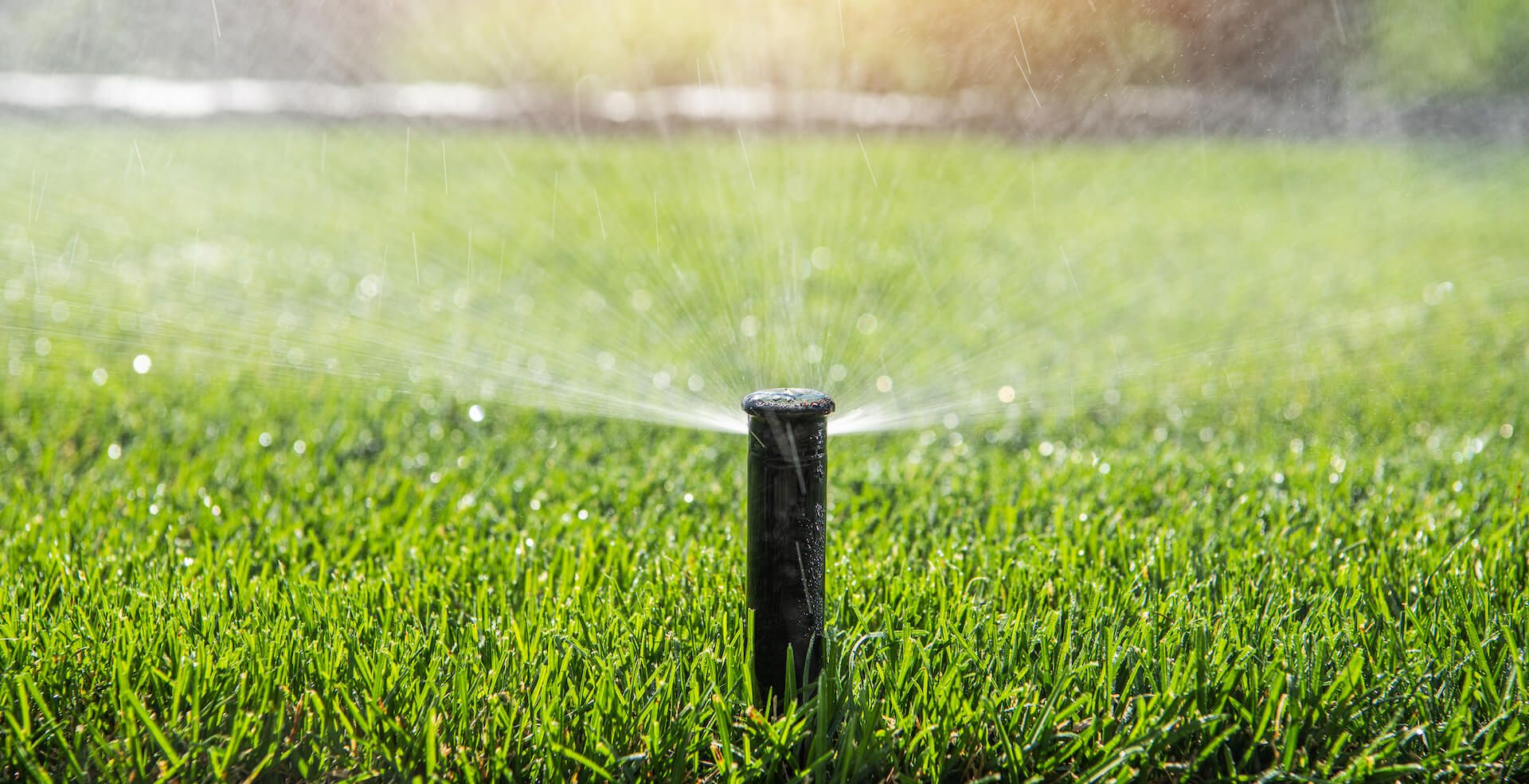
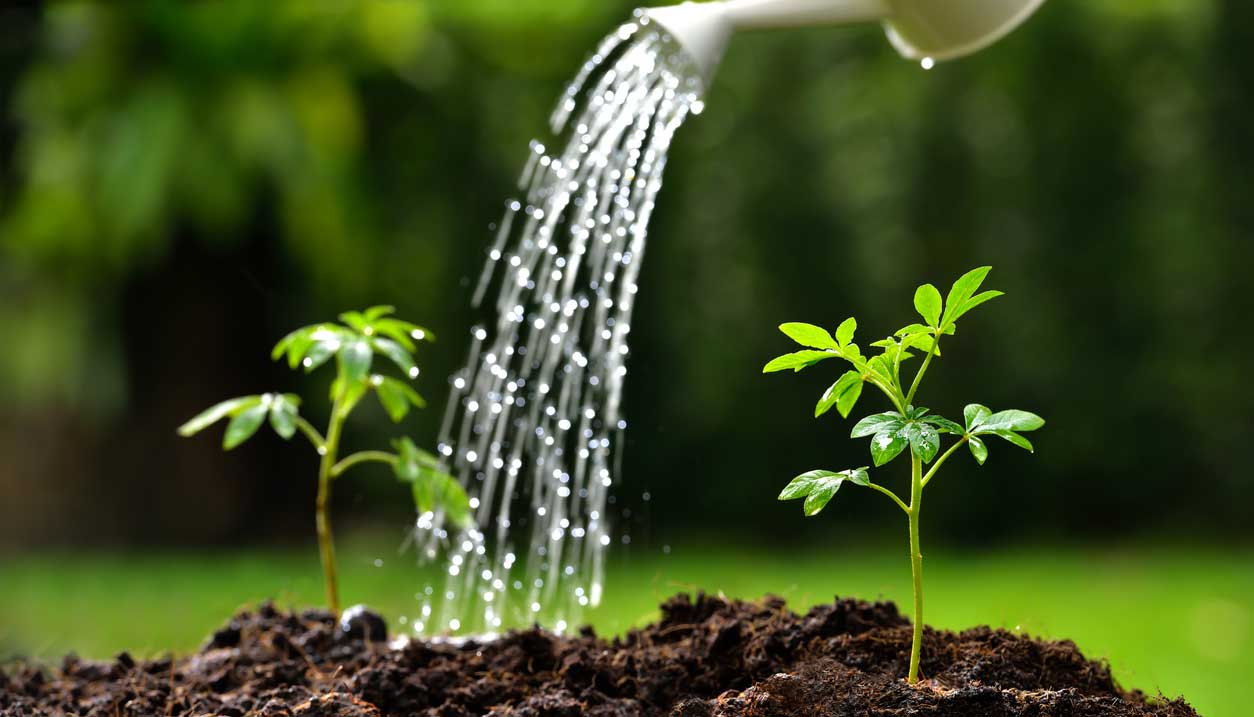

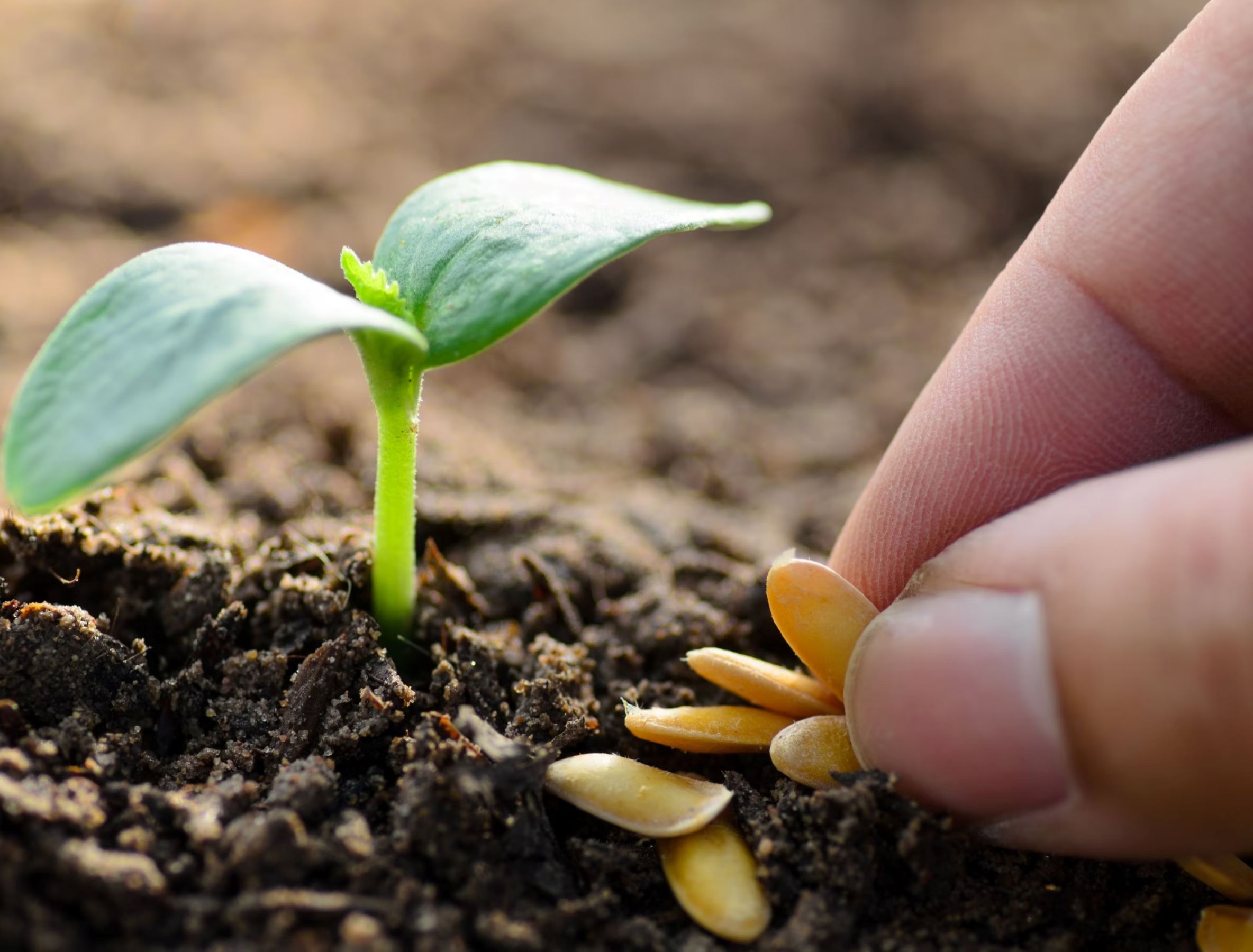
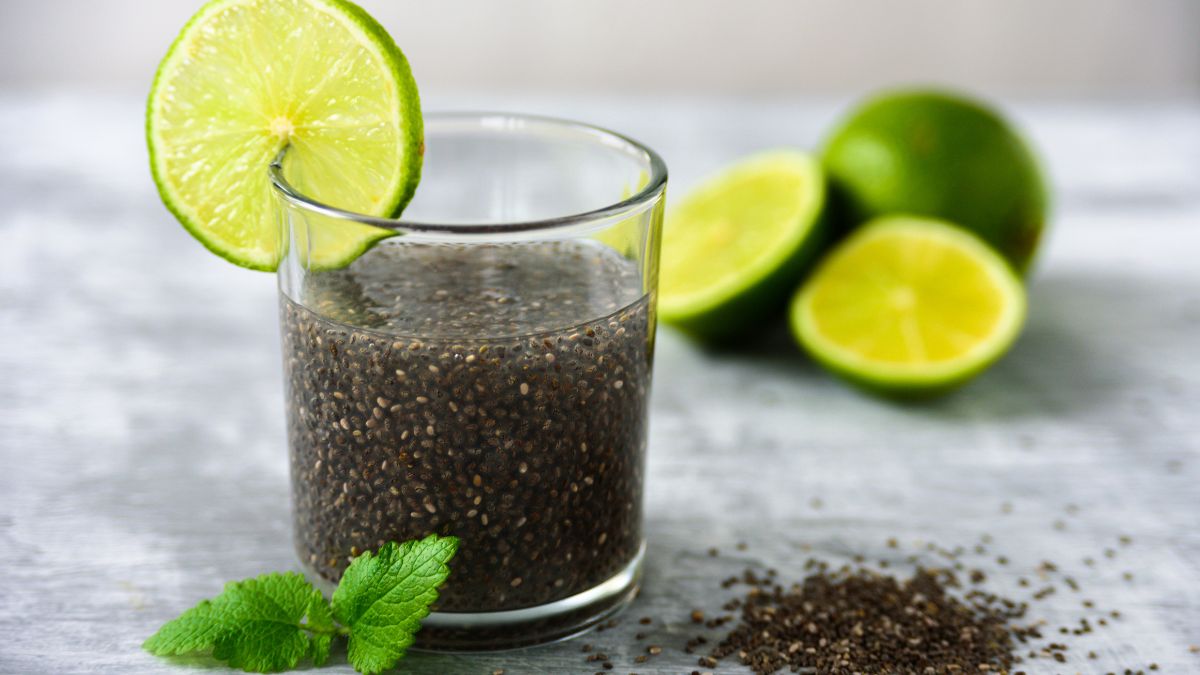
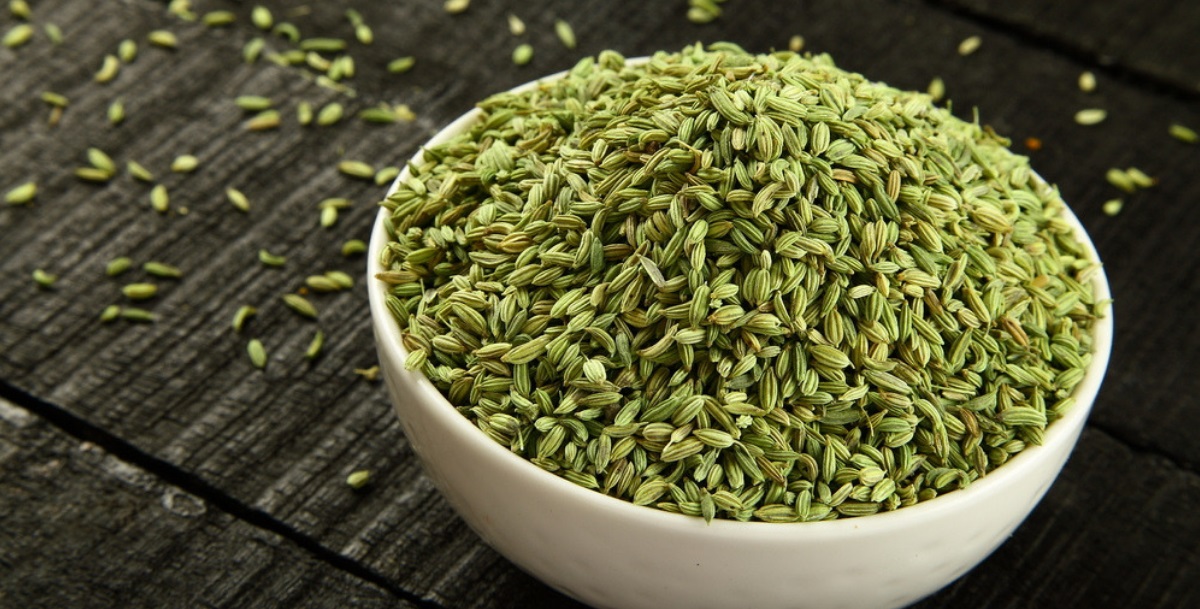
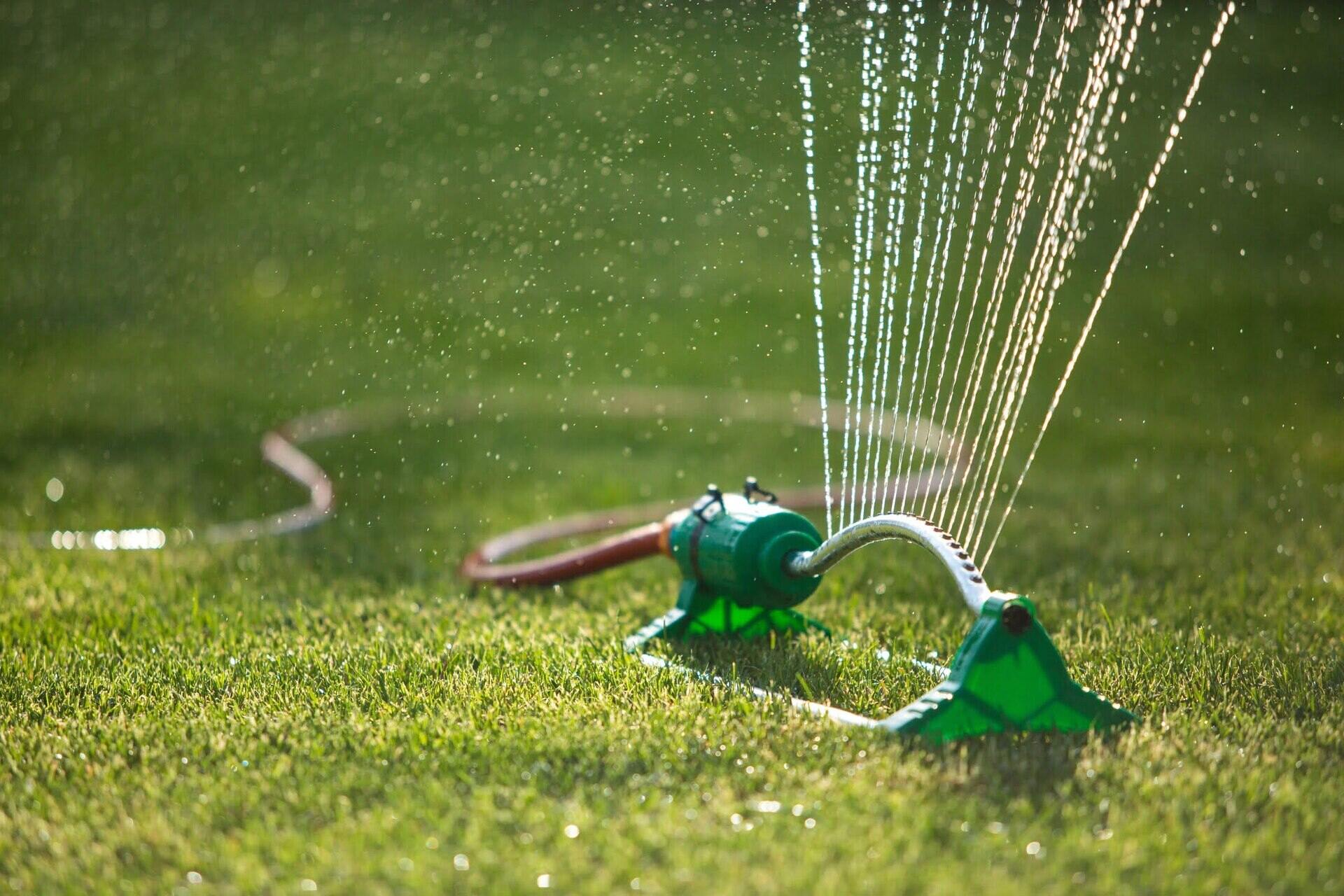
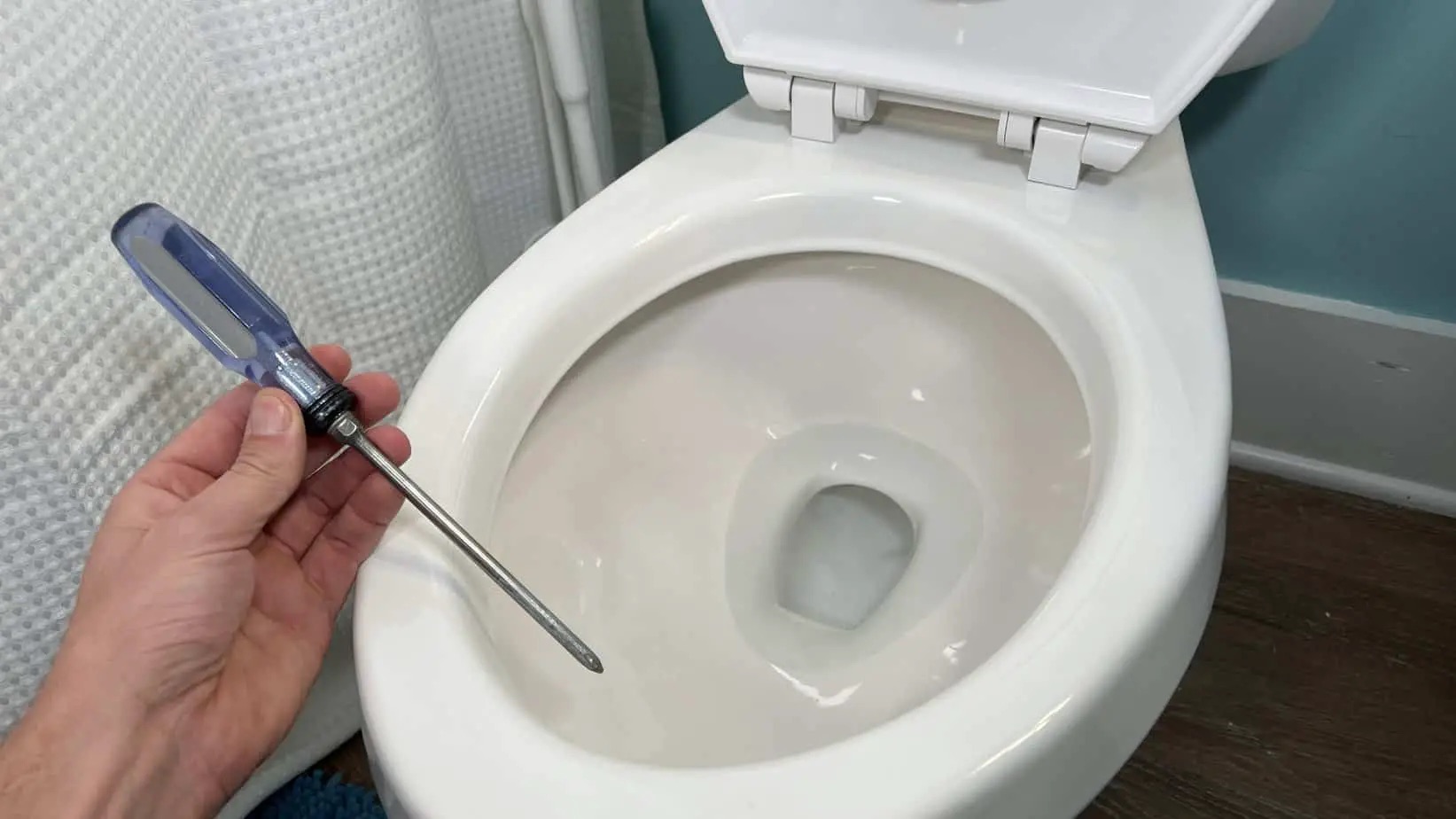
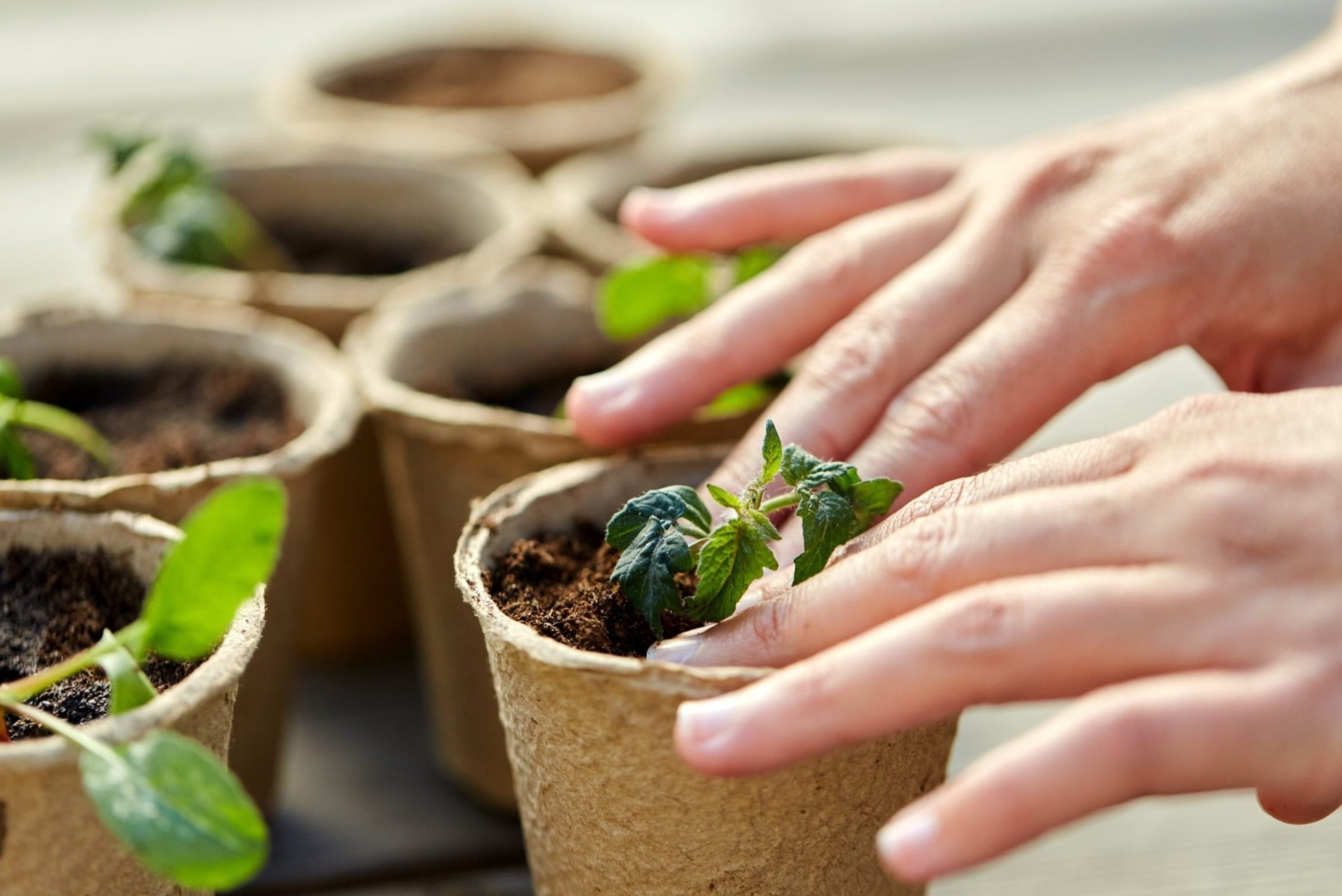
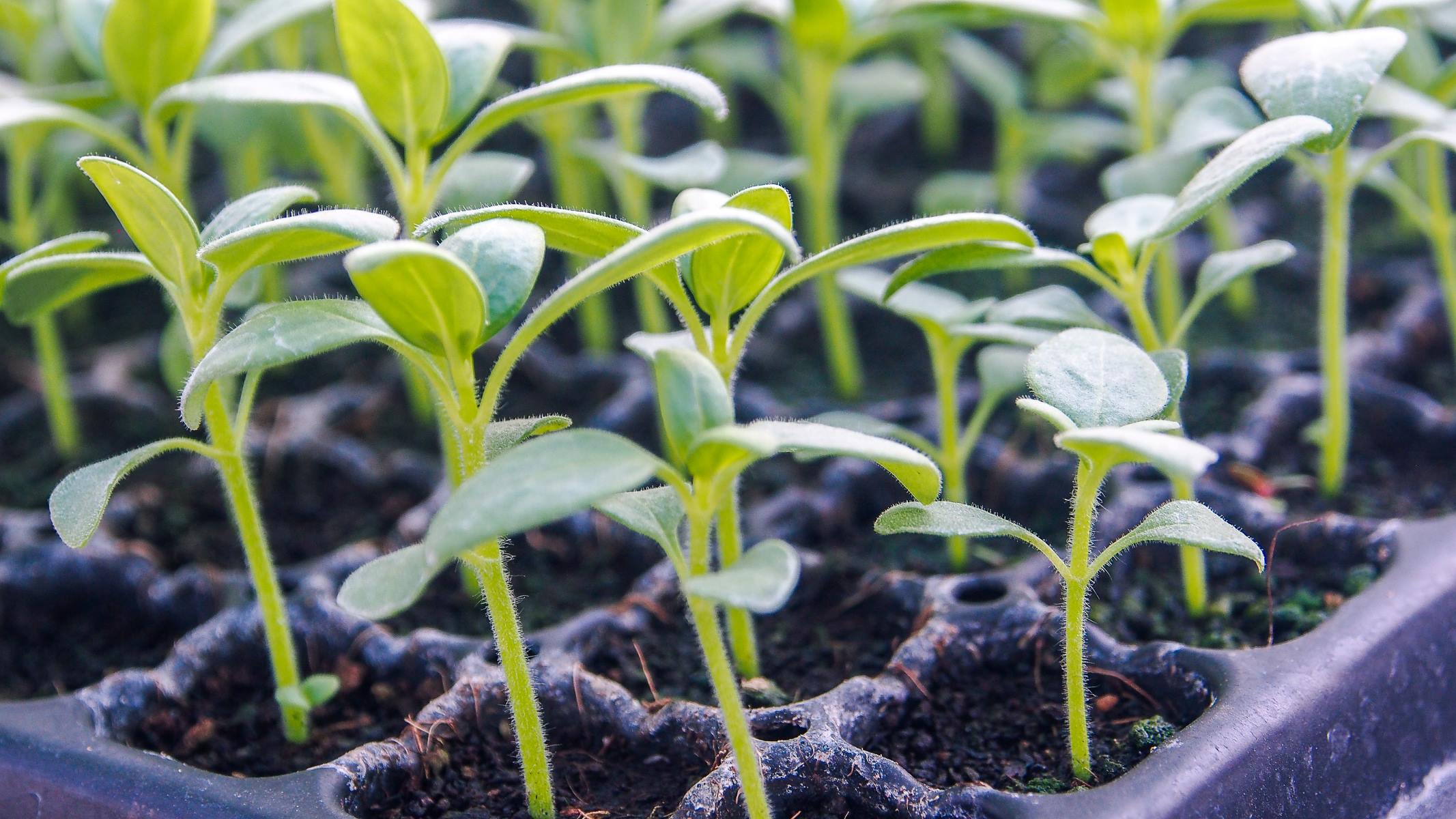

0 thoughts on “How Much Should You Water Seeds”